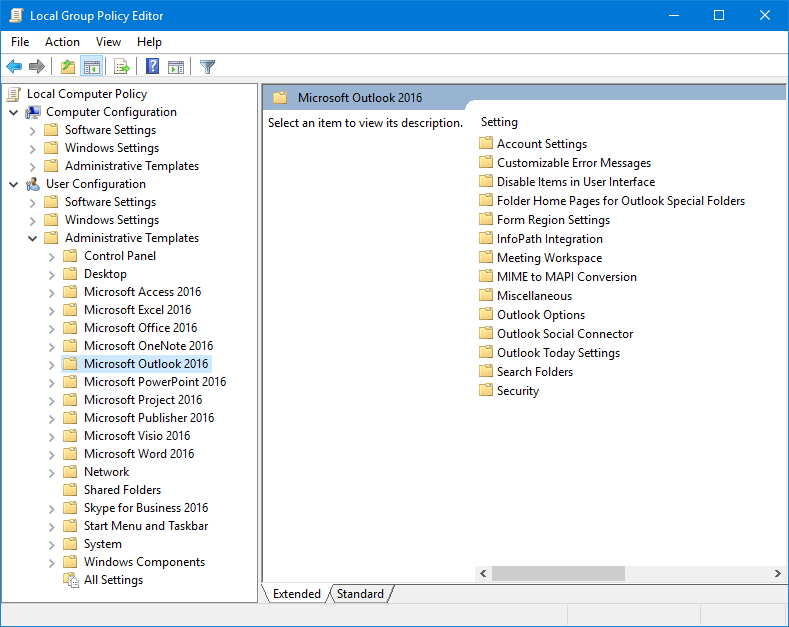
MS Outlook now recognizes that whenever everything the user receives, it will show a desktop notification.īut we are not done yet.
/02-how-to-make-outlook-your-default-email-client-87a991414a2c4a2ba0f76241f5677392.jpg)
As you can see, “display a Desktop Alert” is now (and should be) at the top of the Rules list. Again if something prompts up, click OK.ĥ. Located almost at the bottom of the list, tick “display a Desktop Alert” and then click Finish. When something prompts up, just click Yes.Ĥ. Without ticking anything, proceed to click Next. Click New Rule > Click “Apply rule on messages I receive”. This could be reconfigured with the following steps:Ģ. I hypothesize that Desktop notifications only work on Inbox folder but not on its nest folders/subfolders. This would take less than a minute to update the server.Īfter the Rules creation, this is where the problem begins – the desktop notifications no longer works. Select the folder you want every email from (Sender) to go to. Right click any email and then select “Always Move Messages From: (Sender)”ģ. Whenever I receive an email from Windows, I would like the email to be sent in a folder for organization purposes. These rules are like instructions the user imposes on Outlook. I’ve noticed that the problem arises when a user creates a rule in receiving messages.

However, sometimes it needs to be configured first in order to show notifications on desktop especially when the message received is directly in the folders or subfolders set on a rule. It is not just optimal for communication but also for calendaring events and meetings, setting priorities and schedules, and so forth. Microsoft Outlook is the most helpful tool in the business’ internal communication.
#OUTLOOK EMAIL SETTINGS WINDOWS 10 TASKBAR HOW TO#



 0 kommentar(er)
0 kommentar(er)
